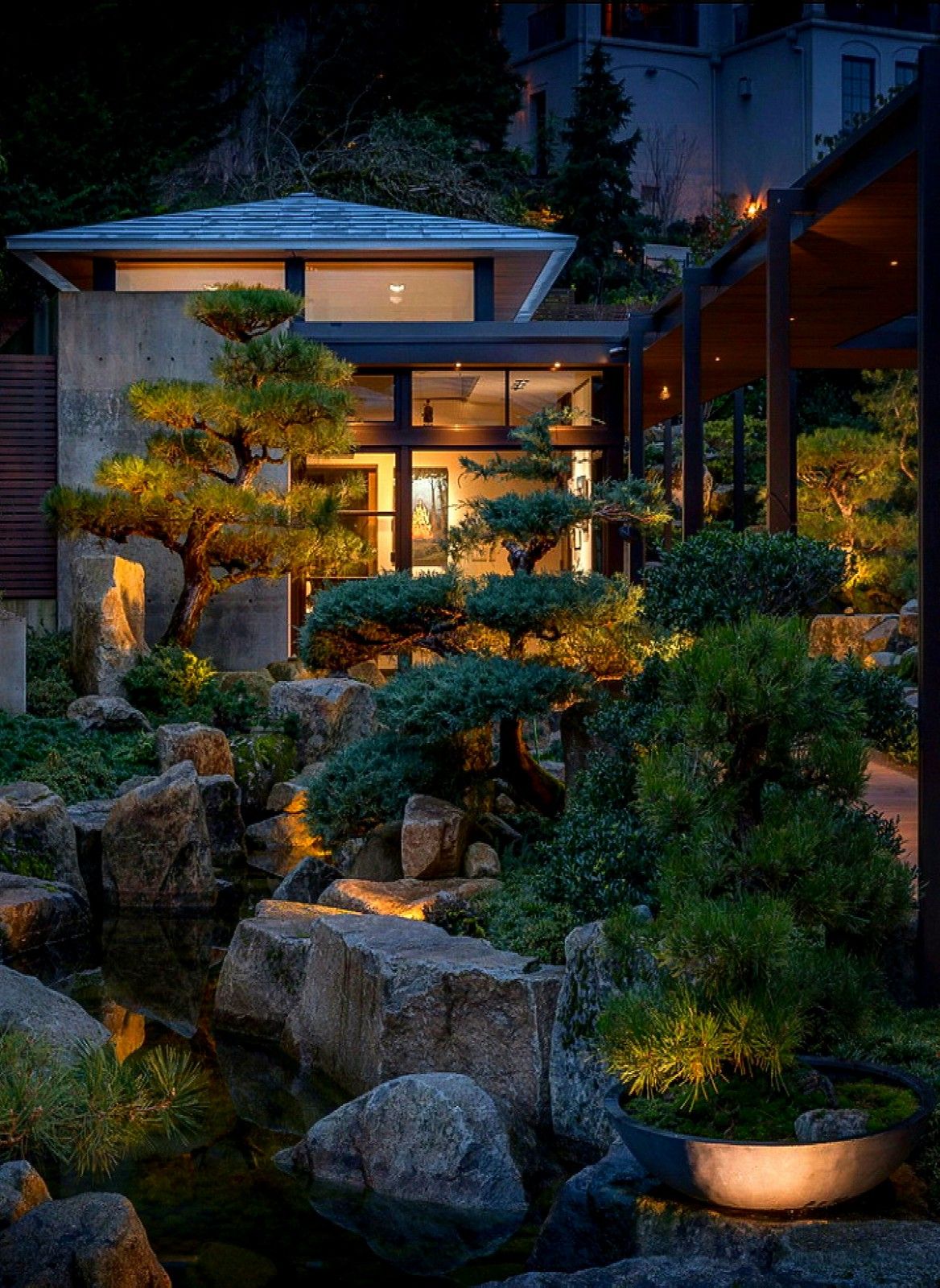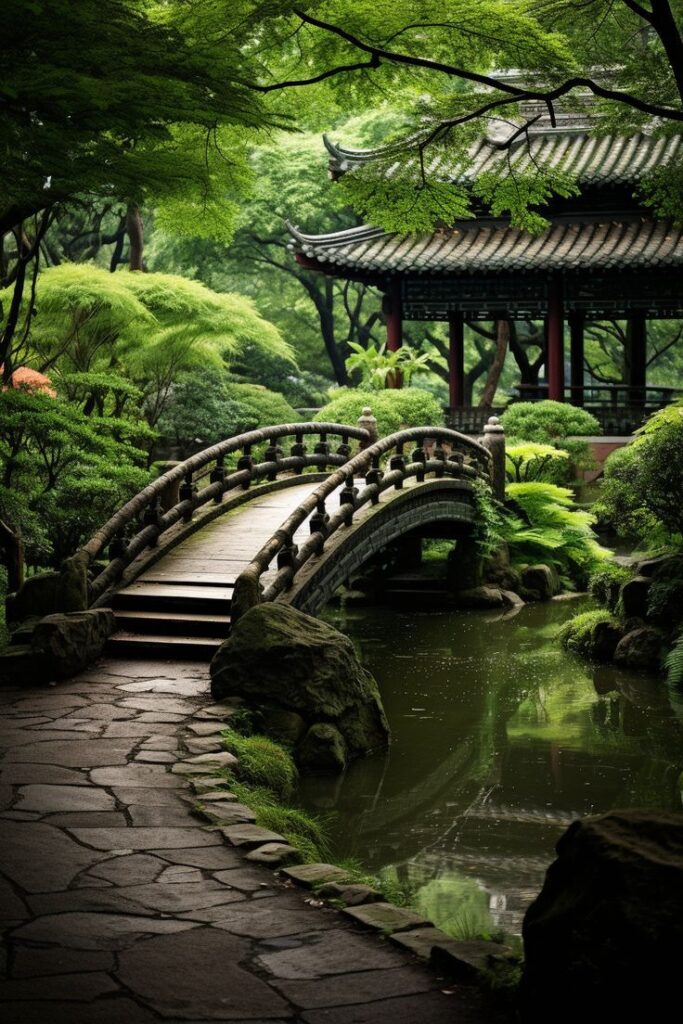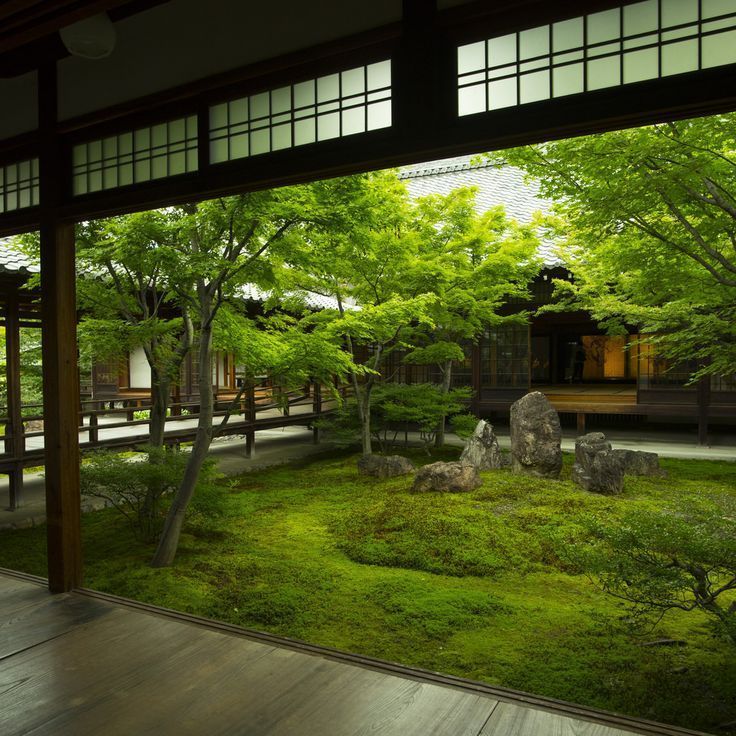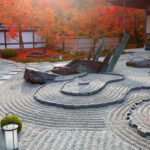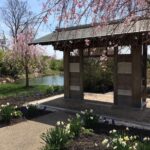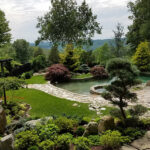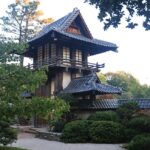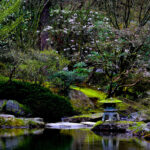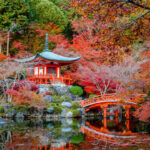Japanese gardens are a unique and tranquil escape from the hustle and bustle of everyday life. Rooted in centuries of tradition and culture, these gardens are carefully designed to create a sense of harmony and balance between nature and architecture. They are a reflection of the Japanese philosophy of Zen Buddhism, which values simplicity, mindfulness, and the connection between humans and the natural world.
One of the key elements of a Japanese garden is the careful selection and placement of plants and trees. The gardens typically feature a variety of trees, shrubs, flowers, and mosses that are chosen for their aesthetic qualities and symbolic meaning. Many Japanese gardens also incorporate elements of water, such as ponds, streams, and waterfalls, which not only add to the beauty of the garden but also create a sense of tranquility and serenity.
Another important aspect of Japanese gardens is the use of rocks and stones. These elements are strategically placed throughout the garden to create a sense of balance and harmony. Rocks are often arranged in groupings or clusters, with each rock representing a different natural feature, such as a mountain or a river. The meticulous placement of rocks is intended to evoke a sense of natural beauty and create a feeling of peacefulness and serenity.
One of the most striking features of Japanese gardens is the use of bridges, pathways, and gates. These elements are not only functional but also add to the aesthetic beauty of the garden. Bridges are often made of wood or stone and are designed to blend seamlessly with the natural surroundings. Pathways meander through the garden, inviting visitors to explore and take in the beauty of their surroundings. Gates, meanwhile, serve as symbolic entrances to the garden, inviting visitors to leave the outside world behind and enter a place of peace and tranquility.
Another key element of Japanese gardens is the use of lanterns and other decorative features. Lanterns are often placed throughout the garden to provide light and create a sense of warmth and intimacy. They are typically made of stone or metal and are designed to blend in with the natural surroundings. Other decorative features, such as bamboo fences, pagodas, and water basins, add to the overall beauty and tranquility of the garden.
In conclusion, Japanese gardens are a beautiful and serene reflection of Japanese culture and philosophy. They are carefully designed to create a sense of harmony and balance between nature and architecture, with elements such as plants, water, rocks, bridges, pathways, and lanterns all working together to create a sense of peace and tranquility. Visiting a Japanese garden is a truly unique experience, offering a moment of escape from the stresses of everyday life and a chance to connect with nature in a meaningful way.
 yishifashion Where Outdoor Dreams Become Reality
yishifashion Where Outdoor Dreams Become Reality
